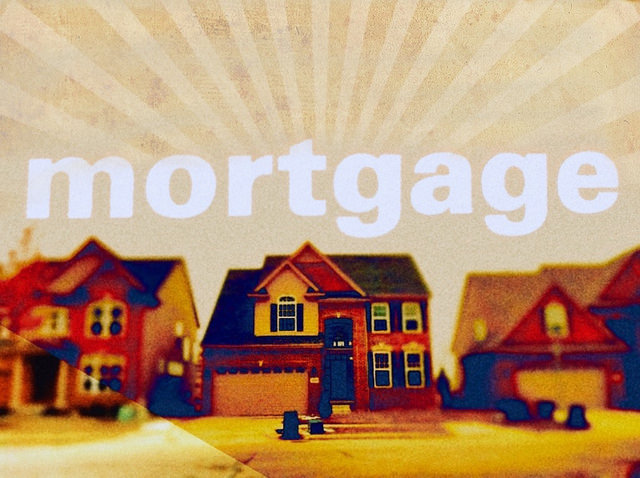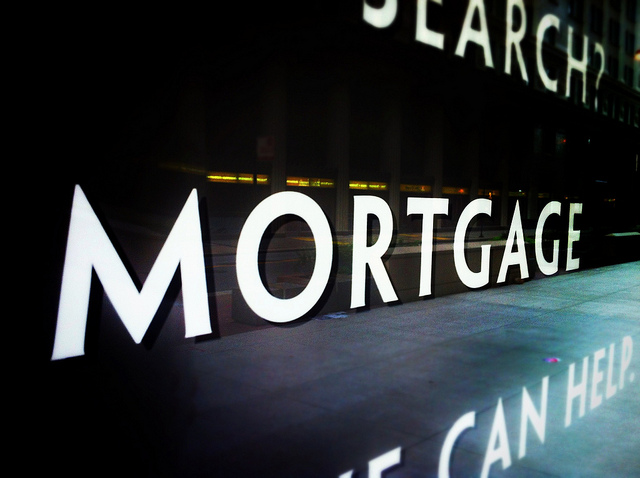Naturally, affordability is a concern for anyone deciding whether they’ll rent or buy their next home. Buying a house is a significant undertaking and involves a number of costs and responsibilities that renters don’t have to worry about. That, however, doesn’t necessarily mean that renting is always going to be the more affordable option. In fact, rent has been climbing for years and continues to increase, according to a recent analysis from ABODO. The analysis determined that the average renter last year paid $1,001 per month for a one-bedroom home and the average month-over-month increase was .67 percent. In short, the average rent rose about $85 from where it was at the beginning of last year to where it ended up at the end of the year. Still, when looked at on a state-by-state basis, rental prices vary greatly. For example, the average rent in states like Georgia, Tennessee, and North Carolina is far lower than it is in areas like the District of Columbia, California, and New York. However, that doesn’t mean rents aren’t rising in metropolitan areas within states with lower overall averages. A look at the cities with the largest average monthly increase in rental costs shows Columbus, GA, Raleigh, NC, and Nashville, TN among the top 10, while San Francisco, Oakland, and Las Vegas experienced some of the largest declines in monthly rent. More here.













